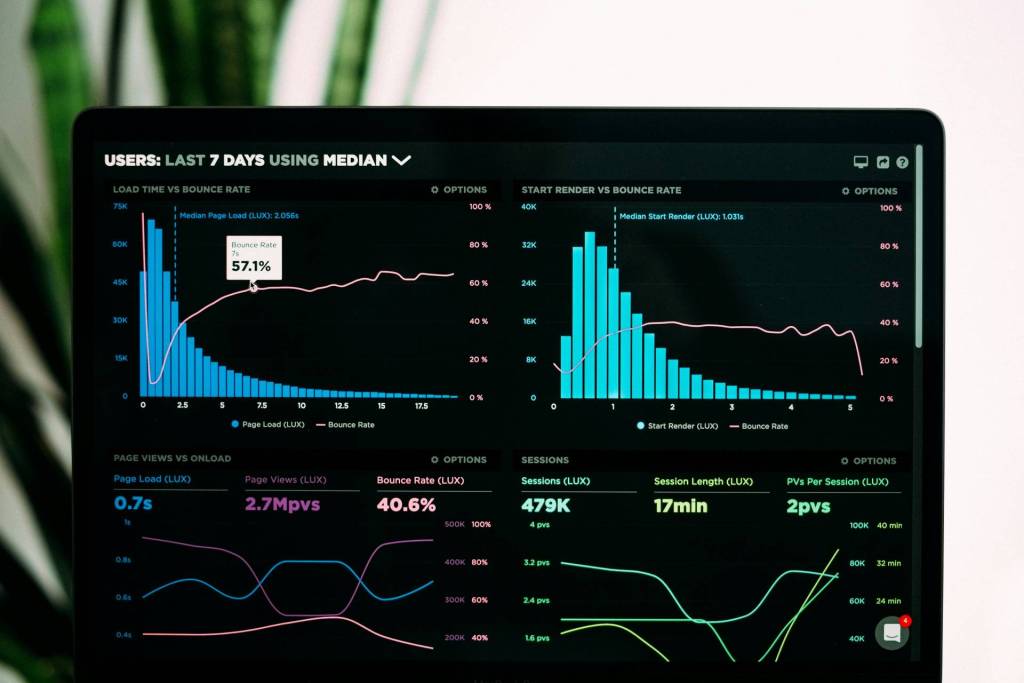Jamie Oliver is more than a bestselling author and television celebrity chef; his website offers numerous strategy and execution lessons for those seeking personal branding success.
The page title on Jamie Oliver’s website says it all: The official site for Jamie Oliver recipes, books & products, products, recipes, and the Food Revolution.
A casual exploration of the various navigation links on his site reveal numerous examples of his commercial success, including extensive television presence and his latest book, Jamie’s Food Revolution: Rediscover How to Cook Simple, Delicious, Affordable Meals.
His personal brand extends beyond books and television to include events, cooking schools, kitchen and lifestyle products, restaurants, and wood-burning ovens.
The extent of his brand is even more impressive, given Jamie’s background which includes “average” school grades, dyslexia, and leaving school at 16 for a catering career.
But, what I find most interesting is Jamie Oliver’s Food Revolution and the way it has created an international following that is changing attitudes towards food.
Brand-building with a cause
But, what I find most interesting is the strategy and execution of his Food Revolution brand. His commercial activities are anchored by his mission: to change the way people eat, both in his native England and, now, America.
In America, he is not only targeting fast food in general, and its numerous links to youth diabetes and obesity, but he is targeting the food served in American schools at lunch. In his words,
Our kids are growing up overweight and malnourished from a diet of processed foods, and today’s children will be the first generation ever to live shorter lives than their parents. It’s time for change. It’s time for a Food Revolution. The problem stems from the loss of cooking skills at home and the availability of processed foods at every turn, from the school cafeteria to church function halls, factories and offices.
One of the things I like best about his execution has been how visual it is: what better way to emphasize the need to improve school lunches than the school bus, above.
It’s a compelling argument, and Jamie Oliver’s Food Revolution has produced some outstanding reality TV programming, such as his battles with the entrenched education bureaucracies’ in Huntington, West Virginia, and–currently–Los Angles.
Encouraging involvement by making it look easy
One of the most impressive aspects of Jamie Oliver’s Food Revolution is the grassroots support he has built for his cause. Over 694,887 Americans have signed-up to support his Food Revolution.
As you can see from the graphic shown above, Jamie Oliver depends on simplicity to engage and involve others. The 3-step graphic makes the Food Revolution appear attainable.
Other uses of graphics include the map of the United States that appears next to the graphic shown above, that allows you to see at a glance how many individuals in your state have signed up as supporters.
When you visit the above page, notice how the United States map changes to a worldwide map of supporters. Note also, the links to the Food Revolution sign-up page immediately below the state-by-state map of U.S. supporters.
Storytelling and Jamie Oliver’s Food Revolution
There are strong elements of classic storytelling techniques in Jamie Oliver’s Food Revolution. Here are some additional random impressions that occurred to me. (I hope you’ll consider adding your impressions to this list, below, as comments.)
- David versus Goliath. Jamie Oliver’s Food Revolution is classic implementation of the timeless Biblical David versus Goliath, or “hero,” story that has served Hollywood so well, i.e., Erin Brockovitch.
- Good versus evil. Another story element is the conflict between good and evil. “This is no casual encounter; the stakes are high as shown by the epidemic in childhood obesity and pre-adult diabetes.”
- Everyday Hero. The Food Revolution is also an example of another classic storytelling archetype, the “Everyday hero.” Jamie Oliver is definitely not a “boardroom warrior.” Notice how he’s dressed in his school bus photograph and in his must-see prizewinning TED video.
- Conflict, passion, and vulnerability. When you view Jamie Oliver’s TV programs or online videos, you can’t help but be impressed by not only his passion, but the passion of school boards and school dietitians who are threatened by his Food Revolution. These dueling passions have occasionally reduced him to genuine tears of frustration.
- Visual comparisons. Another stand-out element in his TV programs and videos is his use of dramatic visual comparisons. For example, frustrated by a single father who couldn’t grasp the evils of the family’s nightly fast food meals. (The kids were covered, and there were hamburgers and cola drinks piled on the roof!) Likewise, when you view the TED video, watch what happens in the milk segment at the 13-minute point.
- Social proof and social media. One of the big takeaways from my time spent at Jamie Oliver’s Food Revolution site was the constant social proof demonstrated; when you sign-up as a supporter, there’s constant proof that you’re not alone. By the way, Jamie has over 1,250,000 Twitter followers.
Earlier installments in this series include Lessons in Personal Branding from Car Talk Pt. 1, Car Talk Pt. 2, Rachel Ray, and Jeopardy! versus IBM’s Watson, and others.
You’re invited
But enough about me; now it’s your turn. Please share your impressions of Jamie Oliver’s brand. Which brand-building elements have contributed the most to Jamie Oliver’s brand? Have I overlooked any branding elements in my list, above?
More important, what are the lessons, or takeaways, from Jamie Oliver’s brand that you can model, or adapt, to building your own personal brand? Share your ideas, takeaways, and questions below, as comments. Thank you!
Author:
Roger C. Parker is a 40-book author and book coach who wants to help you write a book to build your personal brand. Roger’s Published & Profitable blog contains over 1,100 ideas, tips, and author profiles.












